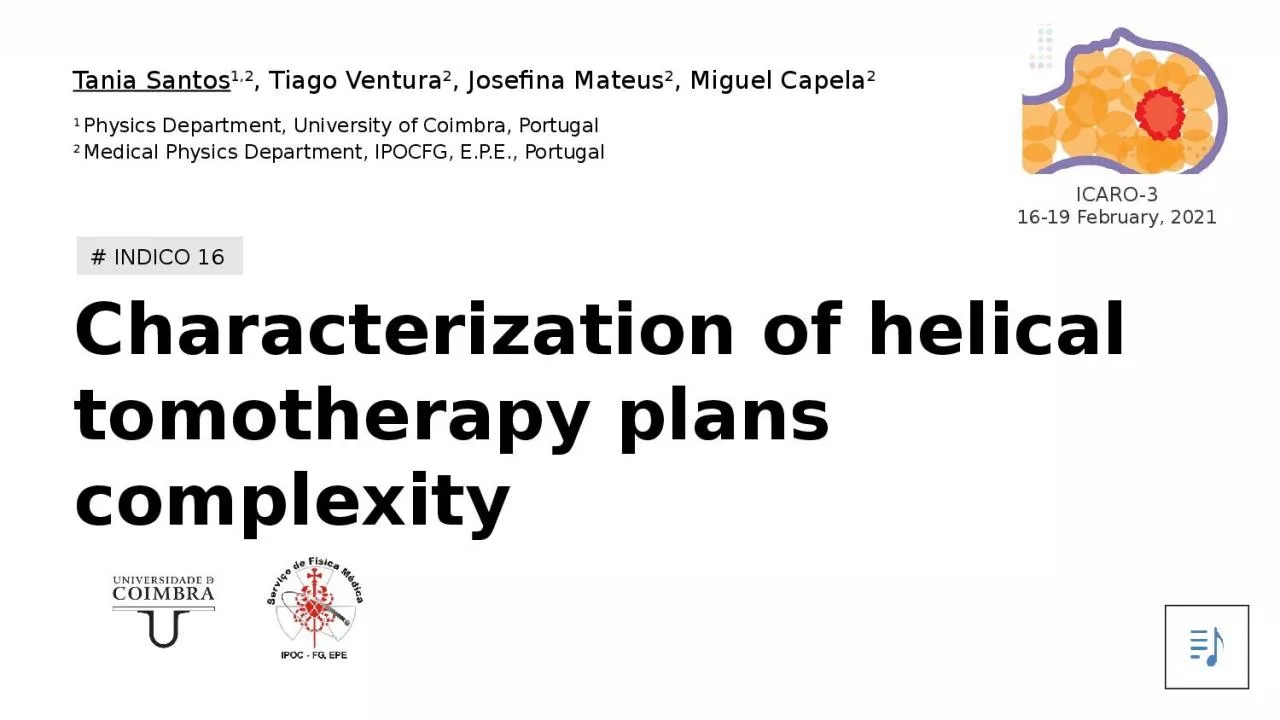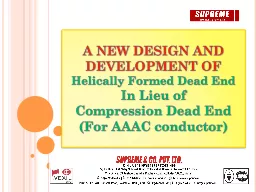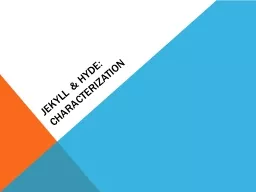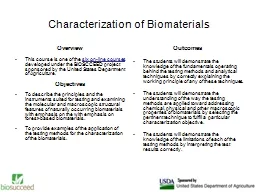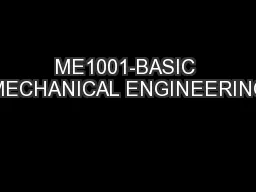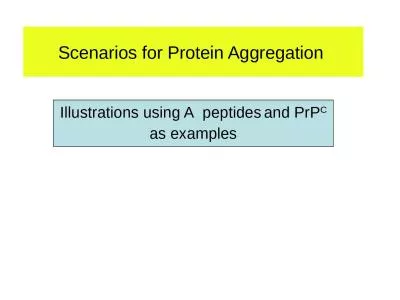PPT-Characterization of helical
Author : tremblay | Published Date : 2022-07-15
tomotherapy plans complexity Tania Santos 12 Tiago Ventura 2 Josefina Mateus 2 Miguel Capela 2 1 Physics Department University of Coimbra Portugal 2 Medical
Presentation Embed Code
Download Presentation
Download Presentation The PPT/PDF document "Characterization of helical" is the property of its rightful owner. Permission is granted to download and print the materials on this website for personal, non-commercial use only, and to display it on your personal computer provided you do not modify the materials and that you retain all copyright notices contained in the materials. By downloading content from our website, you accept the terms of this agreement.
Characterization of helical: Transcript
Download Rules Of Document
"Characterization of helical"The content belongs to its owner. You may download and print it for personal use, without modification, and keep all copyright notices. By downloading, you agree to these terms.
Related Documents

